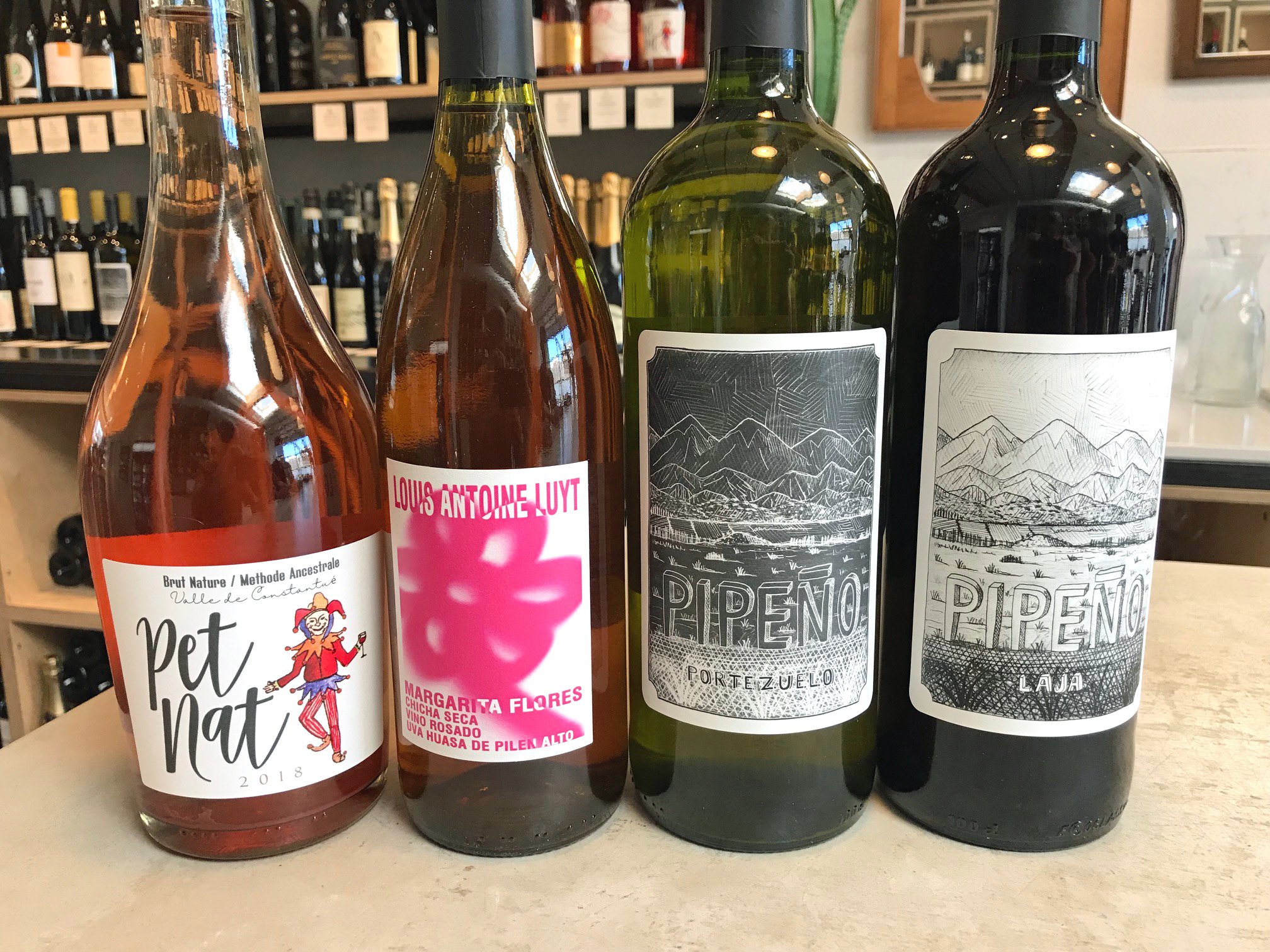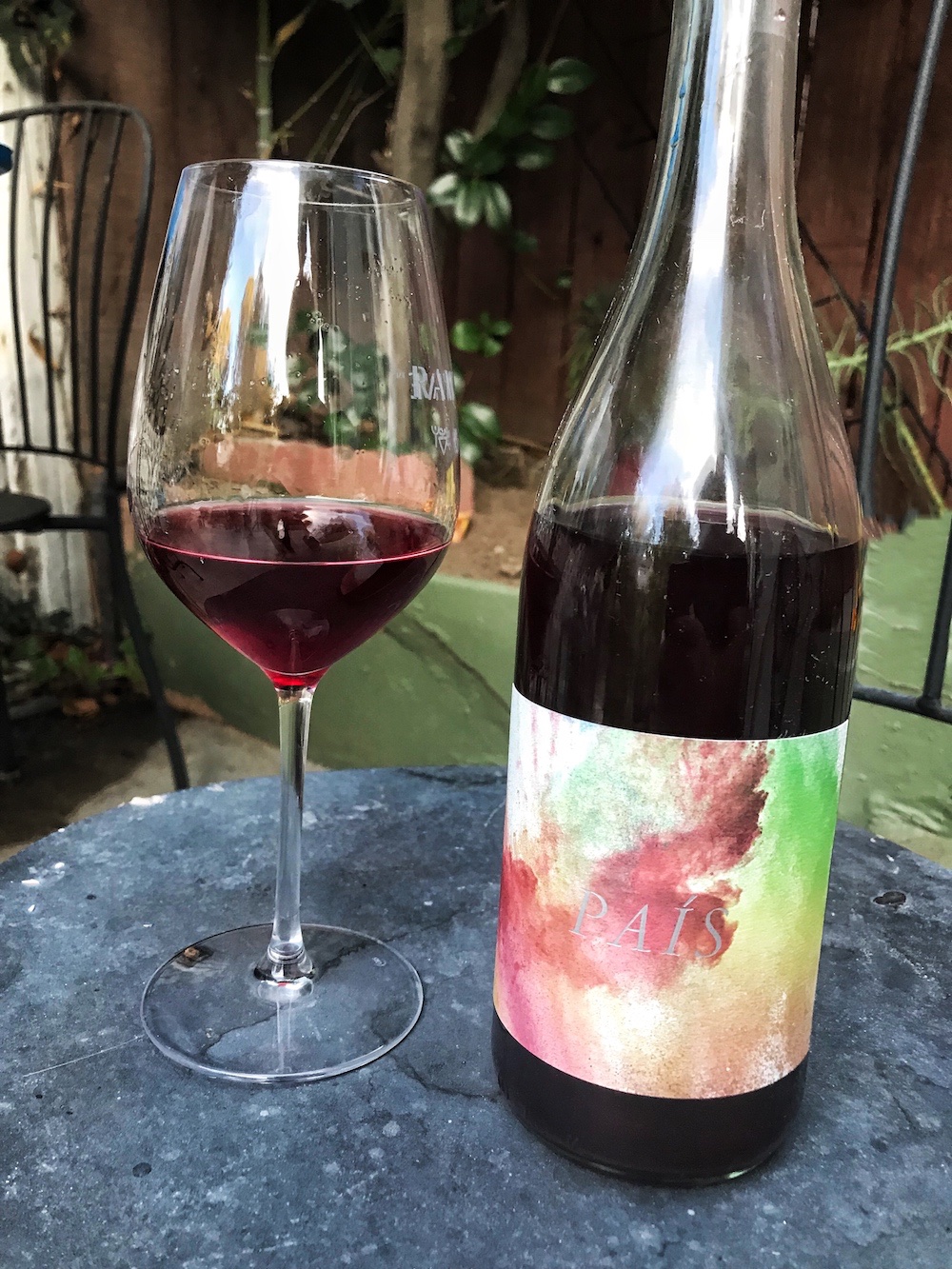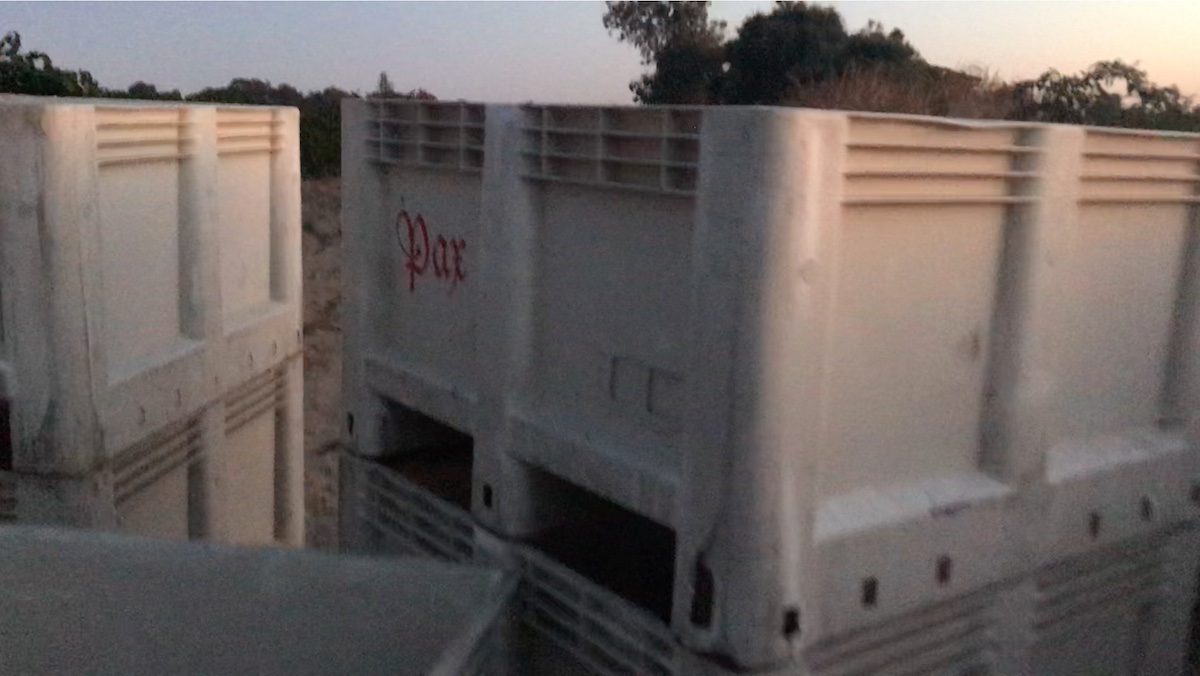Adam posted this paragraph in another thread on the board, and I wanted to add some comments.
The Mission > [at Somers Vineyard in Lodi] > we don’t know for sure how old they are, but they’re at the very least 50 years old, but could be 120 years old (Ken Zinns think they might be). Very vigorous producers still. As for Mission, the attrition has been all-encompassing. Today there are only about 4 places that still grow it: Deaver and Story ranch in Amador, Somers in Lodi and small planting in Santa Barbera/Santa Ynez area farmed by the Rusack Vineyards. I just got an email from a grower in Placer Country I had not heard of before, so that takes the number up to 5 known Mission plantings. Wine started in Los Angeles and in 1850’s, over 400000gals of mainly fortified Mission wine was shipped to San Francisco alone for consumption. That was after Los Angeles and NY markets had been supplied, so it’s easy to imagine Los Angeles produced well over 1 million gallons of Mission then. And this was not even peak production either, that was at turn of last century. Staggering numbers compared to today.
Although there are more than five plantings of Mission in California, few if any other than the ones above are of very significant size and even those are relatively small - Deaver’s two old Mission blocks total about five acres and Somers is (IIRC) about 15 acres. Mission has become such an out-of-fashion variety over the years that it’s become rather obscure here. I’ll add a few more to those sites that Adam mentioned above - the ones below are those that I’m either familiar with from tasting and/or talking with growers, or have heard about from others. I’m probably forgetting a couple of others too.
Sierra Foothills:
Bill Easton had told me there’s a vineyard in the Fiddletown area of Amador County with Mission probably planted in the 1920s.
Skinner’s Stoney Creek Vineyard, Fair Play, El Dorado County. Planted 5-6 years ago with the intent of using the fruit for Angelica.
Santa Cruz Mountains / Northern Central Coast:
Two vineyards sourced for the Picchetti (Santa Cruz Mountains) Mission Angelica, from their website: “Our newly-released 2017 Mission Angelica is made up of fruit from two distinctly different locations - the 100 year old Blunden Vineyard, located in the foothills of the Santa Cruz Mountains, and what remains of the original 5,000 vines that were planted at Mission Nuestra Señora de la Soledad”.
Paso Robles:
Proulx Vineyard, Willow Creek District. Probably planted around 1950, goes into their Rosé.
Santa Barbara County:
Gypsy Canyon Vineyard, Sta. Rita Hills. Planted 1887, goes into their own Angelica.
Barberena Vineyard, Santa Maria Valley. Don’t know the vine age, fruit goes into the Foxen fortified Mission wine, similar to Angelica.
Cucamonga Valley:
Galleano estate vineyard. Planted in the 1940s, goes into their Angelica - I think they may source Mission from other sites as well but I’m not sure.
San Diego County:
Los Pilares estate vineyard, in the Wynola / Julian area east of Escondido, at 3,600-foot elevation. Mission among a number of varieties planted within the past two years.
There are almost certainly additional small Mission plantings in the Lodi area and in parts of the Sierra Foothills, possibly in Cucamonga Valley (though old vineyards there sadly continue to be lost to other development), and perhaps in San Benito County and other tucked-away viticultural corners of California. And there may well be Mission vines in older “mixed black” vineyards from the 19th and early 20th centuries that have not been identified as Mission yet - some may be in old sites in Sonoma County and elsewhere.
As far as the age of the vines at Somers Vineyard in Lodi, we were told they were planted in “the '70s” though it was never really clear what century! The implication was 1970s though, but I can’t think of why anyone would have planted a good-sized vineyard of only Mission vines in the 1970s so that’s why I’m guessing they may very well be older - though the price of winegrapes in Lodi, particularly 40-50 years ago, was so low that the difference in planting Mission vs. Zinfandel or other varieties may not have been that significant. Many of the Mission vines at Somers are large and unusually tall, but I don’t know whether that’s due more to their age or due more to the planting location - in rich alluvial sandy soil right in the Mokelumne river bottom.
Hope this is a useful addition to info on Mission vines in California.


